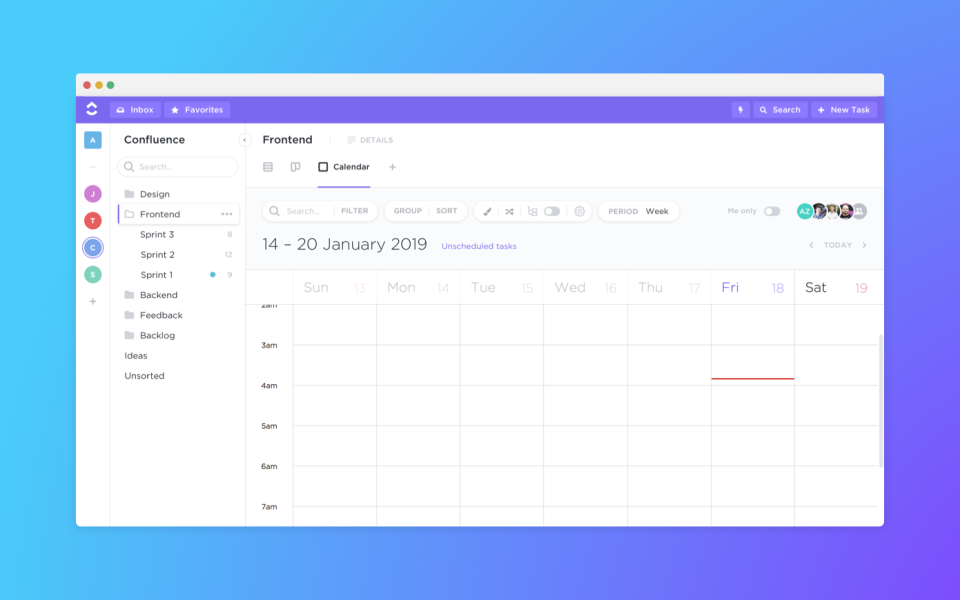

The Center for Popular Music Studies (CPMS) exists to promote scholarship and teaching about the history and significance of popular music, which includes collaborations and partnerships with institutions in Cleveland and around the world. The program also owns a wide range of historical keyboard instruments (French, Italian, and German Harpsichords, a continuo organ, and two fortepianos). The Historical Performance Practice program offers a wide range of ensembles from Medieval to romantic, and the Kulas Collection of historical instruments (renaissance, medieval and baroque string, wind, and brass instruments) is available to all students. The Department of Music maintains an impressive collection of modern reproductions of early instruments. Kulas Collection of Historical Instruments

Learn more about the Kulas Music Collection.ĭuring the summer of 2020, the Kulas Music Collection relocated to the first floor of the Kelvin Smith Library. Scheduling is controlled by the Department of Music. In general, the classrooms in Denison Hall are to be utilized by music majors or CWRU students enrolled in music ensembles or applied music lessons. The facility also has storage rooms for marching band uniforms, equipment, and instrument storage lockers. The four classrooms include Spartan Rehearsal Hall, Wade Rehearsal Hall, Denison Rehearsal Hall, and Denison Classroom. This facility houses six Wenger practice modules (one of which is a“virtual reality” acoustic room), a percussion studio, and a music library. The Coreĭenison Hall is located next to Wade Commons near the North Residential Village and is used primarily for ensemble rehearsals. The use of this center is encouraged and sometimes required for many of the projects/assignments throughout the music education curriculum. Students may borrow items from a large collection of music textbooks, educational recordings, testing materials, vocal and instrumental books, curriculum guides, and classroom instruments. 10) is a space for music education students to prepare educational materials and research projects, and it contains a variety of audiovisual media, including a library of education-oriented music software. The Music Education Resource Center (Haydn Hall Rm. Haydn Hall Rm. 103 (1st Floor Lounge) public space Read more about the history of the College of Arts and Sciences. Mather Quad buildings: Mather Memorial Building, Clark Hall, Harkness Chapel, Haydn Hall, Mather House, Mather Dance Center and Guilford House, were built in the late 1800s and early 1900s to house the College for Women. The practice rooms are open to music majors or CWRU students enrolled in music ensembles or applied music lessons. Scheduling is controlled by the University Registrar and available for non-music classes with permission from the Department of Music. Schweinfurth, the prominent residential architect of Euclid Avenue (“Millionaires’ Row”) mansions, who also rebuilt the interior of the Old Stone Church in 1884 and designed Trinity Cathedral, designed Haydn Hall.

It was given to the college by Flora Stone Mather and named in honor of Hiram Collins Haydn, fifth president of Western Reserve University, pastor of the Old Stone Church, and the individual most active in convincing Western Reserve College to move to Cleveland. Originally a combination of a dormitory and classrooms, this building served as the only student center on campus. It is located in the heart of the Mather Quad. Haydn Hall houses the Department of Music faculty and staff offices, a small lounge, three classrooms, four practice rooms (2nd floor), HPP studio spaces, the Music Education Resource Room, and a Macintosh computer classroom/lab (The Core).


 0 kommentar(er)
0 kommentar(er)
